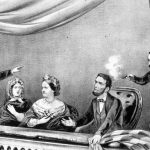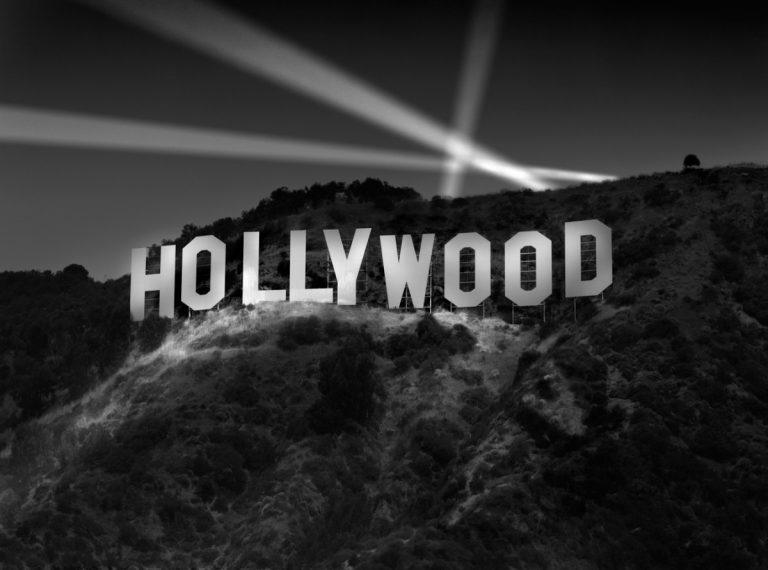Hollywood is starting to make a big comeback with blockbuster movies breaking records in the pandemic. Home streaming is making movie companies more creative in how they roll out their films these days. Hollywood over 100 years ago was a different ball game. Here are some things you may not have known about Old Hollywood.
There Were Five Big and Three Little Studios That Dominated Film
The film industry was just like TV to a certain point before mainstream America got into it. There were less than two handfuls of studios that had the game on lock. Back in those days, the top 5 studios were MGM, Warner Bros, 20th Century Fox, RKO, and Paramount. The little three were Universal, United Artists, and Columbia. It’s amazing how two of the little three companies have made a huge impact recently.
Behind the Big Five Were Jewish Immigrants With a Theater Background
They wanted to separate themselves from the pack. Jewish Immigrants Adolph Zukor, Louis B. Mayer, and brothers Harry, Albert, Samuel, and Jack Warner all noticed how vaudeville and burlesque were starting to take off in the Northwest. Not only did they want to get away from Thomas Edison, but they loved the warm and clear weather in California. This made it much better to produce longer films.
War Made a Huge Boost for the Studios
While the public enjoyed the escape from reality, they still wanted to stay abreast of world events. The theatrical newsreels were commonly watched and even Hollywood stars joined the war effort in their own way. Some joined the army and others entertained troops.
Looking Good Was a Priority
It’s not too much different from today as far as the looks department goes for the top stars. However, looks overrode talent every time. They wanted to mold each talent and the actors had no choice but to be in various films because of their contracts. They gave them training in speaking, posture, fencing, horseback riding, and more.
Eventually, the Big Five Had to Go for a Quality Over Quantity Approach
Block booking was a way where film companies could dominate theaters by having their main feature last and the rest of the B-grade films shown first. This was a way to monopolize things. In 1948, the Supreme Court wasn’t going for this anymore and forced them to sell their theater chains. The plus side of this: studios were forced to produce higher-grade films. Fewer films came out per year, but the quality was way better.





















